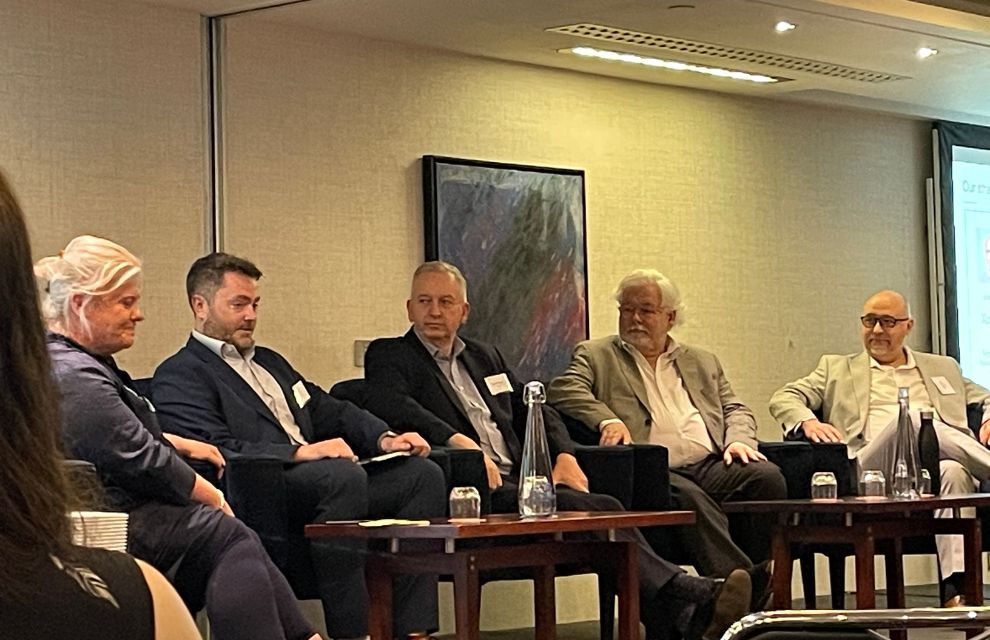There are “no easy fixes” for many issues around T+1, according to speakers at Xceptor’s 20th anniversary celebration event.
The comment was made by David Pearson, product manager at Torstone Technologies, during the “Automating post-trade efficiency ahead of T+1” panel. Capco UK’s Rob Hamlin added that many firms will be able to increase staffing in order to cope with the increased demand of T+1.
In order for firms to be more prepared for the shift, they need to be conducting T+1 tasks on a T+0 basis, suggested Gary Wright, director at ISITC Europe. This will allow for pain points to be effectively identified, he said, a sentiment echoed by John Bevil, product director for capital markets at Xceptor.
Bevil highlighted the fact that a T+1 cycle requires the majority of operations to be conducted on trade day, advising that firms work out how much can be done on a T+0 timeframe in order to get ahead of future settlement changes.
The question of what will happen to firms who don’t reach T+1 currently has no conclusive answer. Wright reported that there needs to be greater clarity around potential sanctions and how they would work, with Hamlin considering whether clients may be cut off if they continually produce high fail rates.
Pearson added that the use of outdated technology is holding many firms back, with the paper operations currently in place unfeasible in a T+1 environment.
Discussing what will follow the T+1 transition, Wright quickly affirmed that atomic settlement is a “no go”. The netting process is too important, he said, and a shorter cycle would compromise such operations. However, he believes that T+0 will “potentially” become a reality, “as long as the industry deals with T+1 issues”.
He stated that the majority of problems in a shortened settlement cycle occur in the T+1 time frame, and that once these are resolved a move to T+0 is far more likely. Pearson agreed that wider technology changes and a broader market view are essential considerations to make before T+1.
Hamlin felt more strongly that T+0 is on the cards, but that this will not occur in the near future due to the scale of the challenge and the industry wide coordination that would be required for T+0 to become a reality.
As the US and Canada are expected to move to a T+1 cycle by the end of May 2024, questions are coming up around when the UK will follow. “I expect the UK to align with Canada on the US,” Wright predicted, adding that the country will most likely align with the EU.



